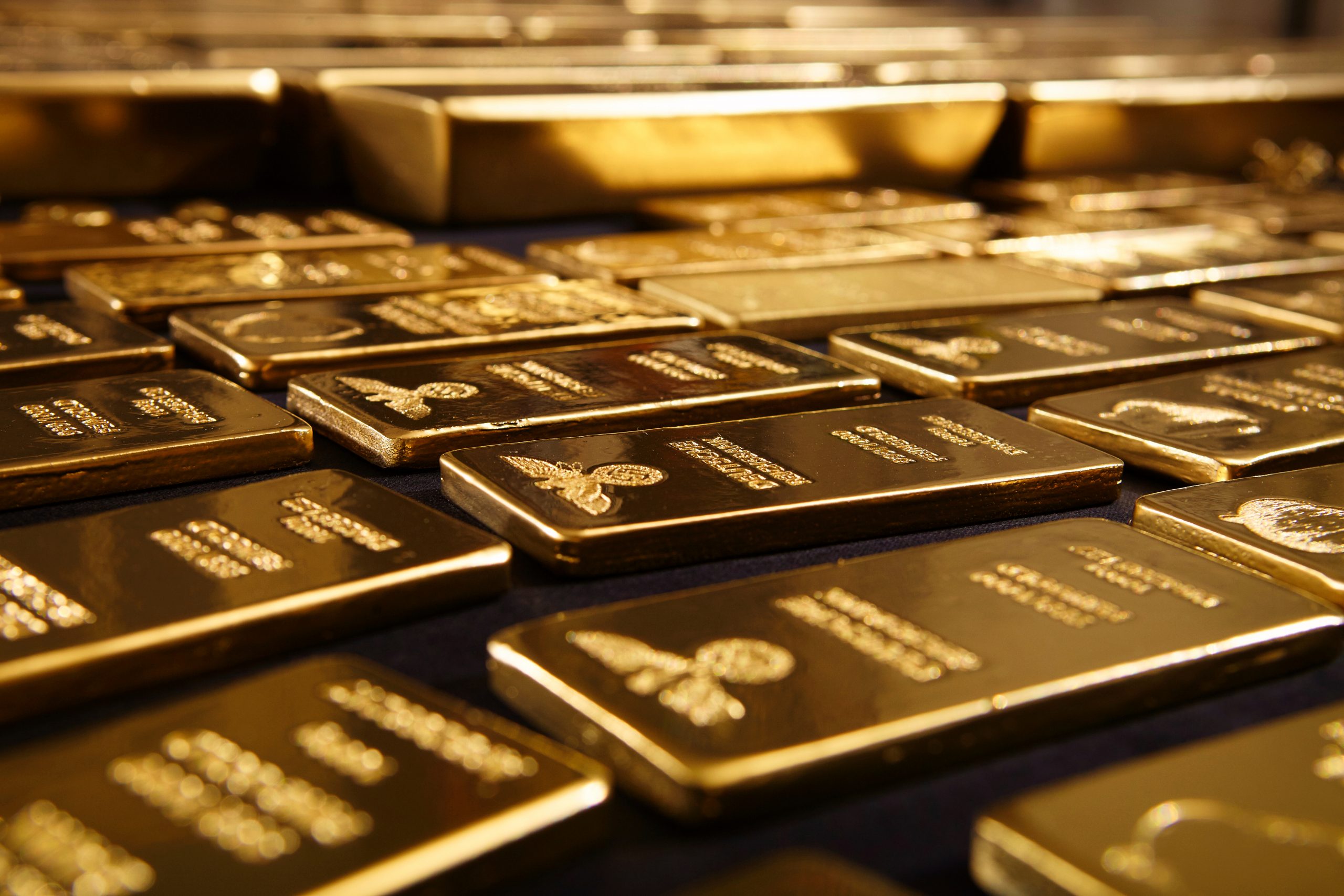Macroeconomic uncertainties, mounting geopolitical tensions, and a desire to hedge against inflation have propelled gold to a blistering rally as it continues to be seen as a classic “safe haven” asset. Spot gold prices have surged above $2,700 an ounce, hitting a record high of over $2,733 an ounce on Monday. Year-to-date, spot gold has seen an impressive increase of over 30%. According to Michael Widmer, head of metals research at Bank of America, the rally is not over yet. He expressed optimism about the future of gold, stating that the fundamental backdrop looks favorable and expects gold to reach $3,000 an ounce by 2025.
The Changing Relationship Between Treasury Yields and Gold
Traditionally, higher Treasury yields have been associated with lower gold prices as investors seek higher returns elsewhere. However, Widmer pointed out the changing correlation between 10-year Treasury real interest rates and the price of gold. He highlighted that lower 10-year real rates now act as a bullish signal for gold, while higher real rates do not necessarily result in bearish sentiment towards the precious metal. This shift is partly attributed to growing concerns about government debt levels, especially with the upcoming U.S. elections and lack of focus on fiscal consolidation.
As fiscal deficits are expected to rise in the coming years, gold is considered an attractive asset for investors worried about the Treasury market.
Optimism Among Analysts
Principal Asset Management’s Todd Jablonski shares Widmer’s bullish outlook on gold. He recently revealed that he is overweight on gold for the first time in his career, citing the increasing demand for gold, particularly from central banks, as a key factor driving his decision. Jablonski emphasized the diversification and unique performance pattern of gold, making it an attractive option in the current economic landscape.
Jablonski’s positive stance on gold is supported by a predicted increase in demand, which could put pressure on the limited supply and potentially lead to further price gains.
Volatility and Caution Ahead
While the future looks bright for gold, there are warnings of potential volatility in the short term. John Reade, senior markets strategist at the World Gold Council, expressed caution due to investors’ high net-long positions post-Covid. He suggested that while declining interest rates may boost the gold market in the next six to 12 months, speculative investor activity could contribute to short-term fluctuations.
Allocating to Gold in a Portfolio
Reade advised investors to maintain a position in gold as a small part of their portfolio, alongside equities and fixed income. He recommended allocating between 4% and 10% to gold, depending on the composition of other investments in the portfolio.
Jablonski also shared his allocation strategy, mentioning that he has less than 5% of his portfolio invested in commodities, including gold.
Ultimately, diversification and a cautious approach remain key in navigating the current market environment.
– CNBC’s Fred Imbert contributed to this report
Insight into the Market Dynamics
It is important to note that while gold has historically been viewed as a safe haven asset, its rally in recent times is driven by a combination of factors, including macroeconomic uncertainties, geopolitical tensions, and concerns about inflation. This complex interplay of influences is reshaping the relationship between traditional economic indicators and the price of gold, making it an intriguing asset for investors seeking stability and potential returns.









